How to stop your dog begging for food at the table, by expert trainer Ben Randall
Dogs begging for food around mealtimes can be adorable up to a point — but what happens when the charm wears off? Ben Randall explains how to stop your dog begging for food at the table.
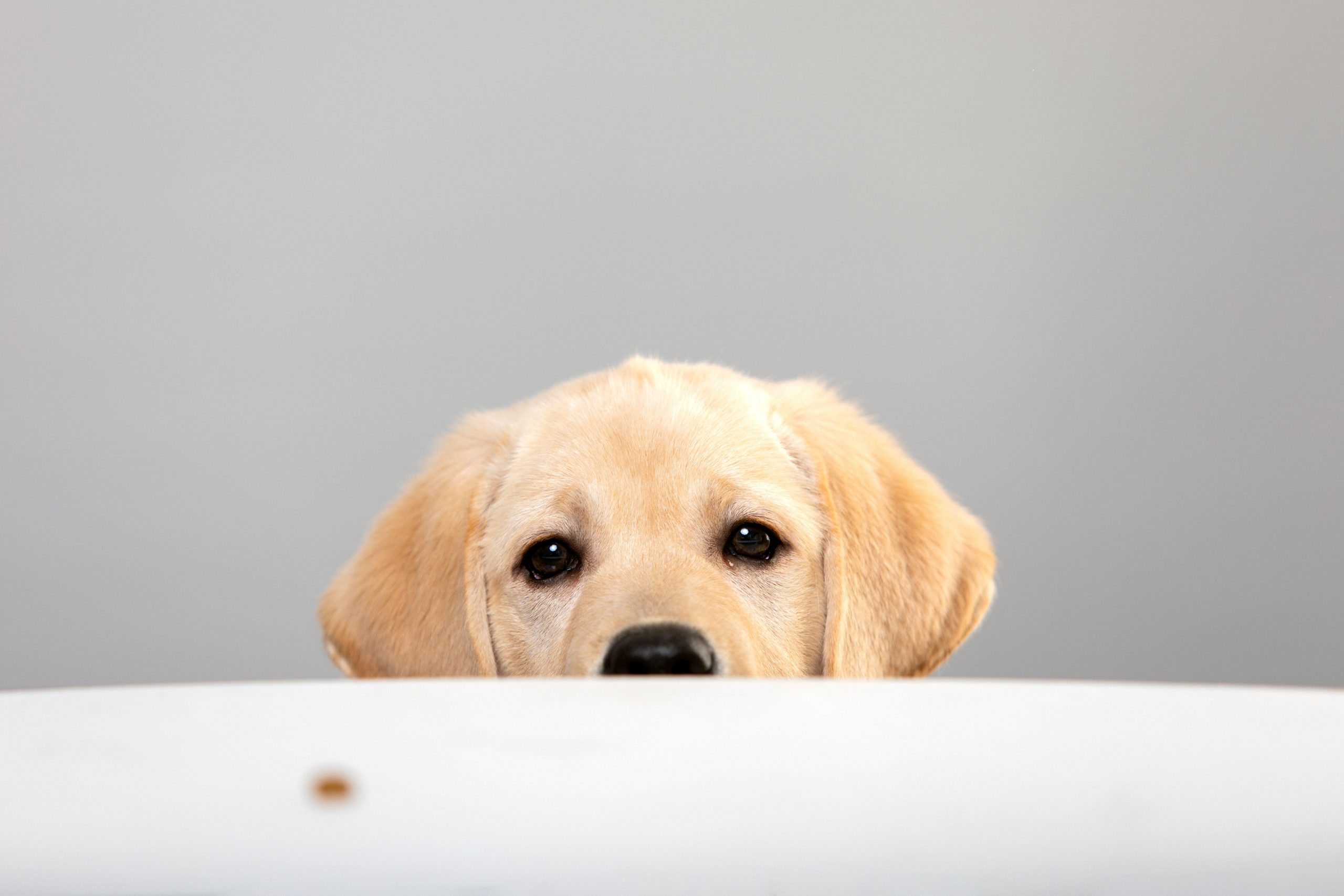

Whenever the subject of greedy dogs comes up, everybody always thinks one thing: it must be a labrador. And while I don’t want to generalise, or tar all labs with the same brush, a reader emailed me this week via paws-for-thought@futurenet.com to ask for advice about an insatiable dog that won’t stop begging for food. And no prizes for guessing what type of dog it is.
Dear Ben, I’m wondering if you can help. My 18-month-old labrador constantly begs for food when we’re sitting at the table for dinner. He was so adorable as a puppy we probably got into bad habits by letting him get away with it, but now and he’s really persistent. What can we do to stop him?
I’ve come across this problem more than a few times in the past, and often — but not always — it starts in a way which is easy to understand. A couple with a young baby still in its high chair get themselves a puppy, and the baby realises what a wonderful game it is dropping food to the floor and letting the dog eat it. There’s no getting away from it: it’s hilarious and super-cute to watch.
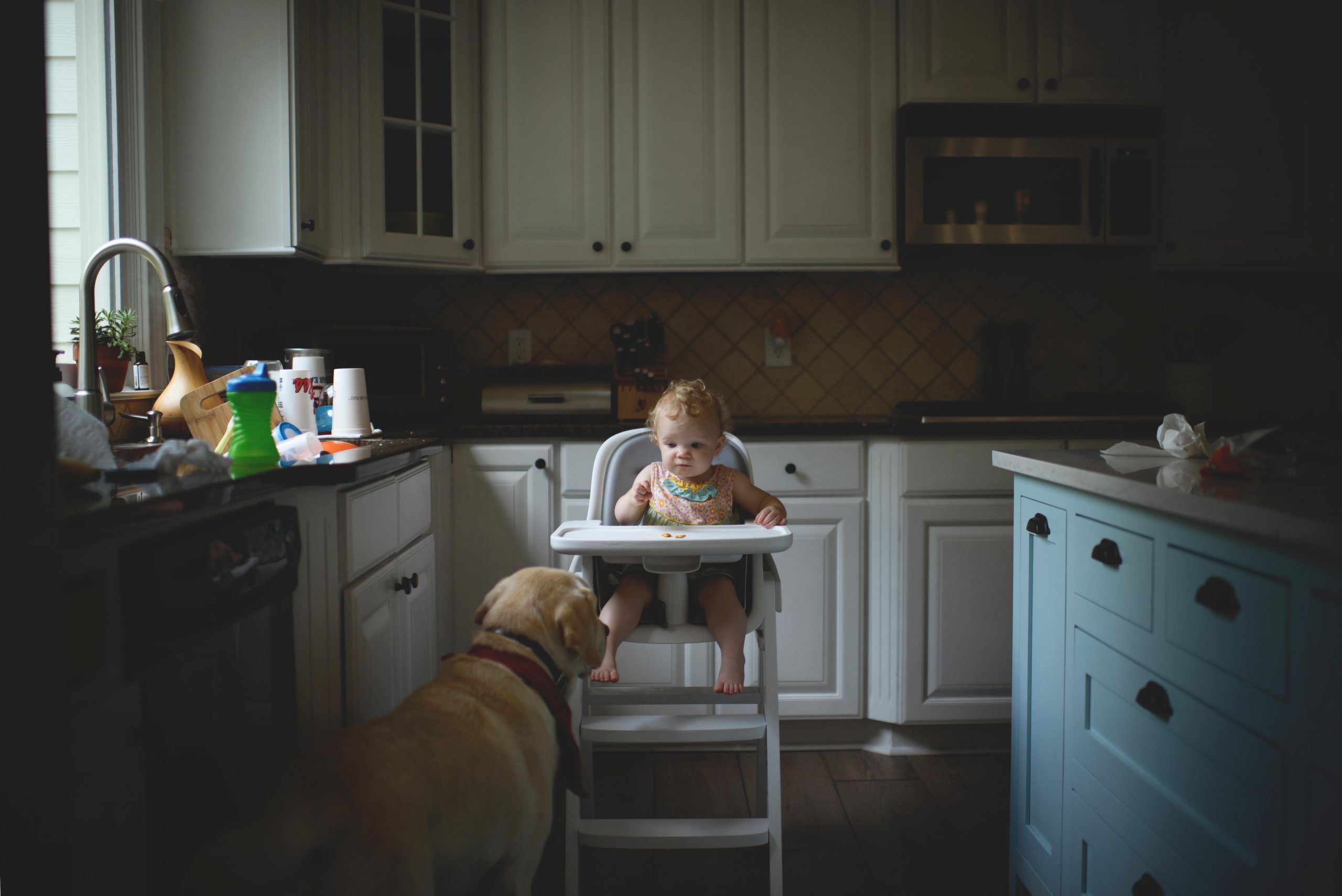
Sadly, it’s no good for the baby — you want them to eat their food, not play with it — and it can be even worse for the dog. If it carries on the dog can become bad-tempered when you try to put a stop to it; I’ve known of dogs who have even become snappy or aggressive to the child if they're not given the food when they demand it. I’ve even seen dogs jumping up and nipping to get food off plates, as if they’re seagulls dive-bombing tourists on Brighton Beach to steal a few chips. It can be aggressive and dangerous if it continues.
On top of that it creates an impatient dog, a potentially spoilt dog, who sits there wanting and insisting. It will also put the dog off their main meal, which is normally a scientifically-designed diet to suit that dog’s nutritional needs. Start adding all types of other food into their diet and you could give the dog upset stomachs, loose stools and possibly provoke allergies, not to mentioned putting them off their standard dog food and make them fussy eaters.
The best cure in this case is prevention — please, if you have a puppy, don’t let the situation develop. But if you do need to put a stop to it, here are the steps to follow.
1. Train your dog to be patient at mealtimes
The best cure in this case is to stop this developing in the first place — please, if you have a puppy, don’t let it happen to you. Train your dogs from the start to have manners and respect at mealtimes. Follow the tips in my article about training your dog to obey the leave command and you can get it right from the start.

2. Don't be tempted to lock your dog in another room
It's important that you don't just hide the problem away — otherwise what will happen when you're in situation like a picnic when that's not an option? Once your dog has mastered holding off from eating until you give the command at mealtimes, bring him or her into the place where you eat your dinner. We like to sit our dogs in their beds in the kitchen while we eat.
Exquisite houses, the beauty of Nature, and how to get the most from your life, straight to your inbox.
3. Place a treat in front of them while you eat, and have them wait patiently
I put a treat on the floor in front of the dogs but tell them to leave it, then I go and sit up at the table with the family. When we’ve finished our meal, I call each dog individually by name to get its reward for sitting patiently throughout the meal.
4. Give occasional special rewards for good behaviour
On occasions in our house (steak night is a big favourite) our girls are rewarded with a slice of leftover meat if — and only if — their behaviour has been appropriate. That’s a really powerful training tool, and reinforces the manners and patience your dogs need. You and your dog need to be able to enjoy these things with each other around, so it's important to instil those manners at feed times. It’ll shape how they react around humans, food and even other dogs.
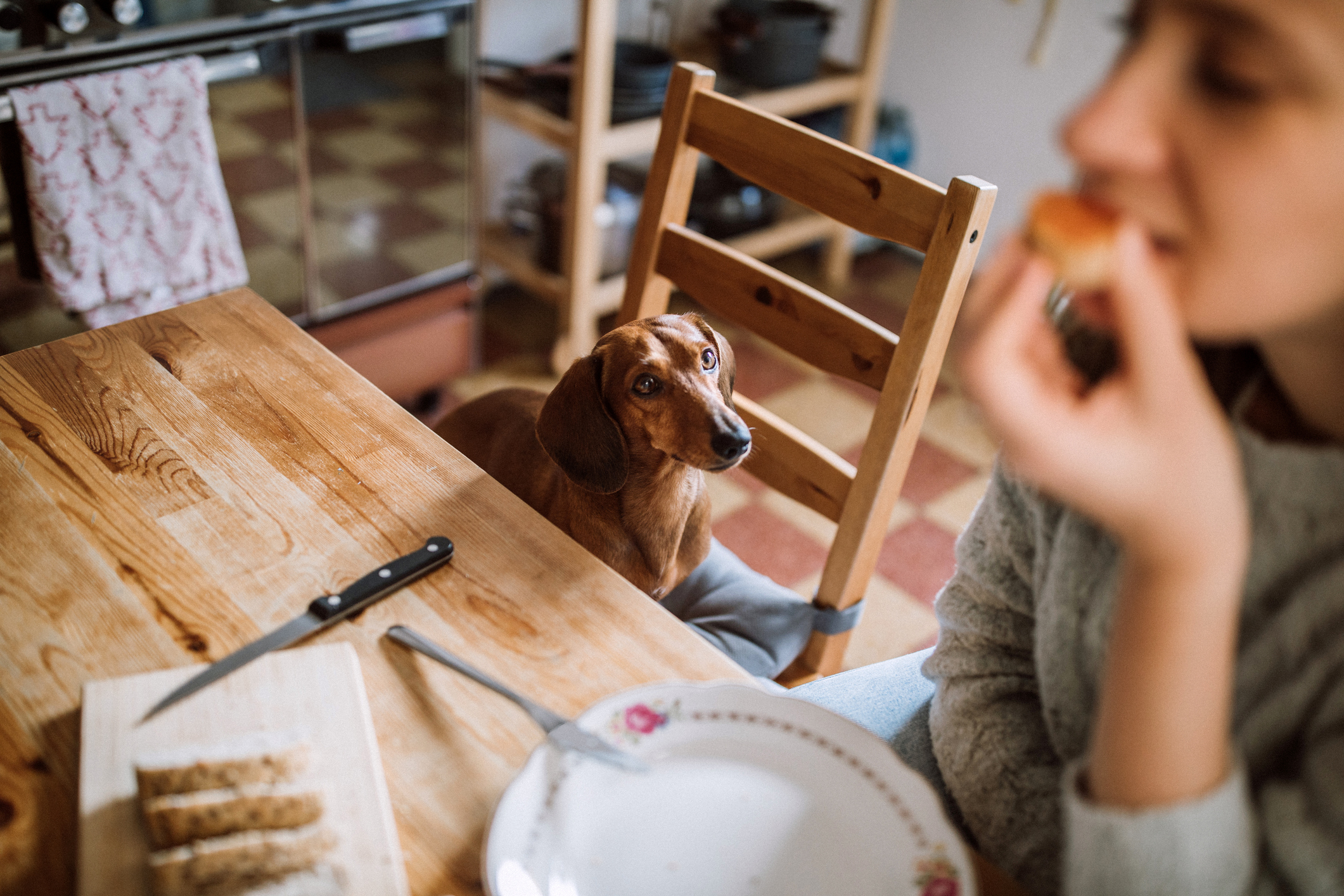
5. Between their meals, give them healthy treats
Our dogs eat twice a day, in the morning and the evening, and if you're feeding them a decent diet that will be fine for them. In terms of treats for my dogs, though, I like to given them a dental stick product after their breakfast or dinner to remove plaque from teeth. But even a treat is never just a treat: as always with BG training it’s used as a tool, a reward for good behaviour.
For more detailed advice about Ben Randall’s positive, reward-based and proven BG training methods, one-to-one training sessions, residential training or five-star dog-boarding at his BGHQ in Herefordshire, telephone 01531 670960 or visit www.ledburylodgekennels.co.uk. For a free seven-day trial of the Gundog app, which costs £24.99 a month or £249.99 a year, visit www.gundog.app/trial.
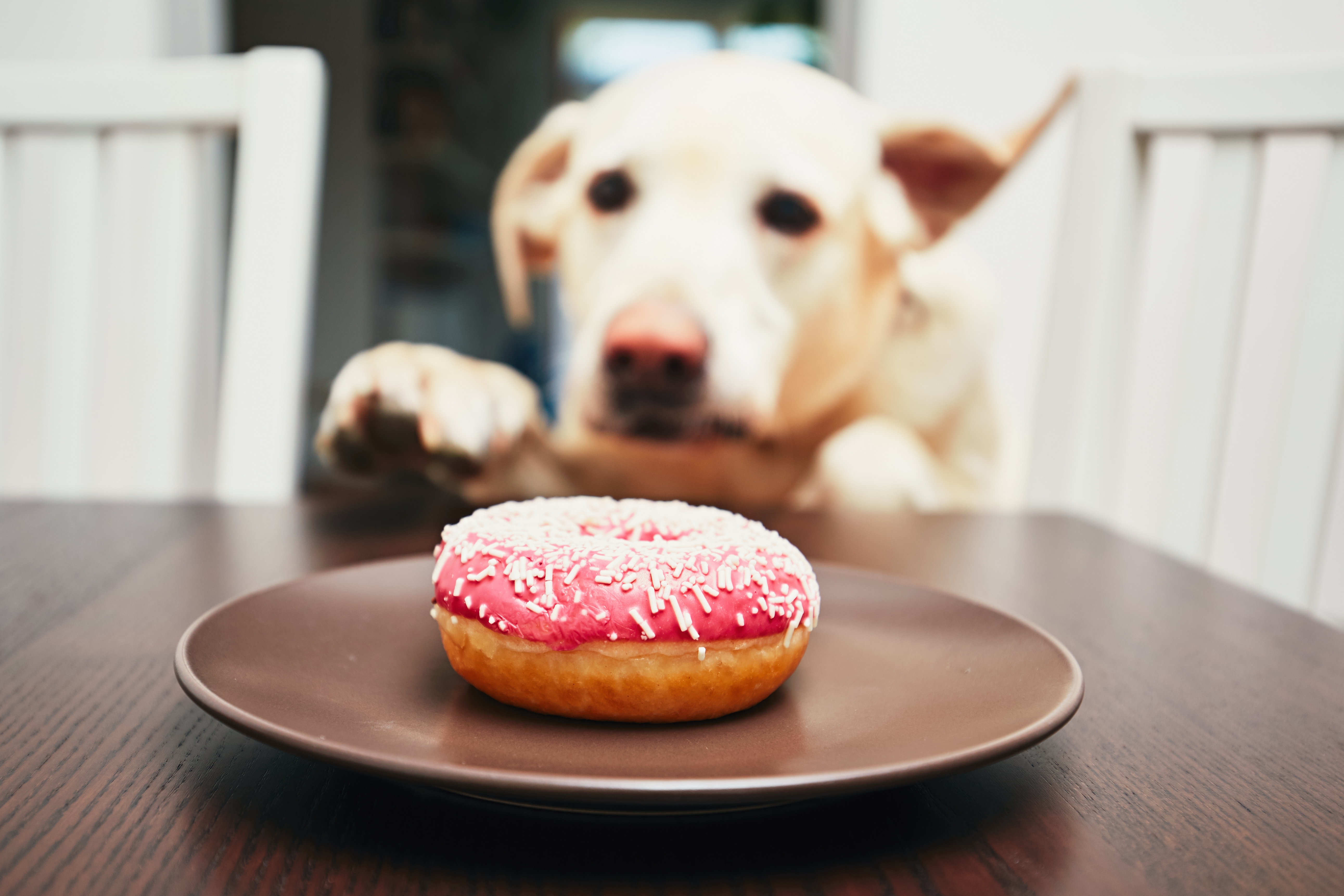
How to train your dog to leave things on command, by expert dog trainer Ben Randall
Teaching a dog to stop stealing food, clothes, TV remotes or anything else that they like to pinch can feel

Ben Randall: Ask Country Life's canine agony uncle a question about your dog
Over the past two years our award-winning dog trainer Ben Randall has been sharing his advice with Country Life readers.

Credit: Alamy
How to stop your puppy crying at night, by dog training expert Ben Randall
The heartbreaking whimper of a puppy calling for you will tug on the heartstrings like few other things, but you
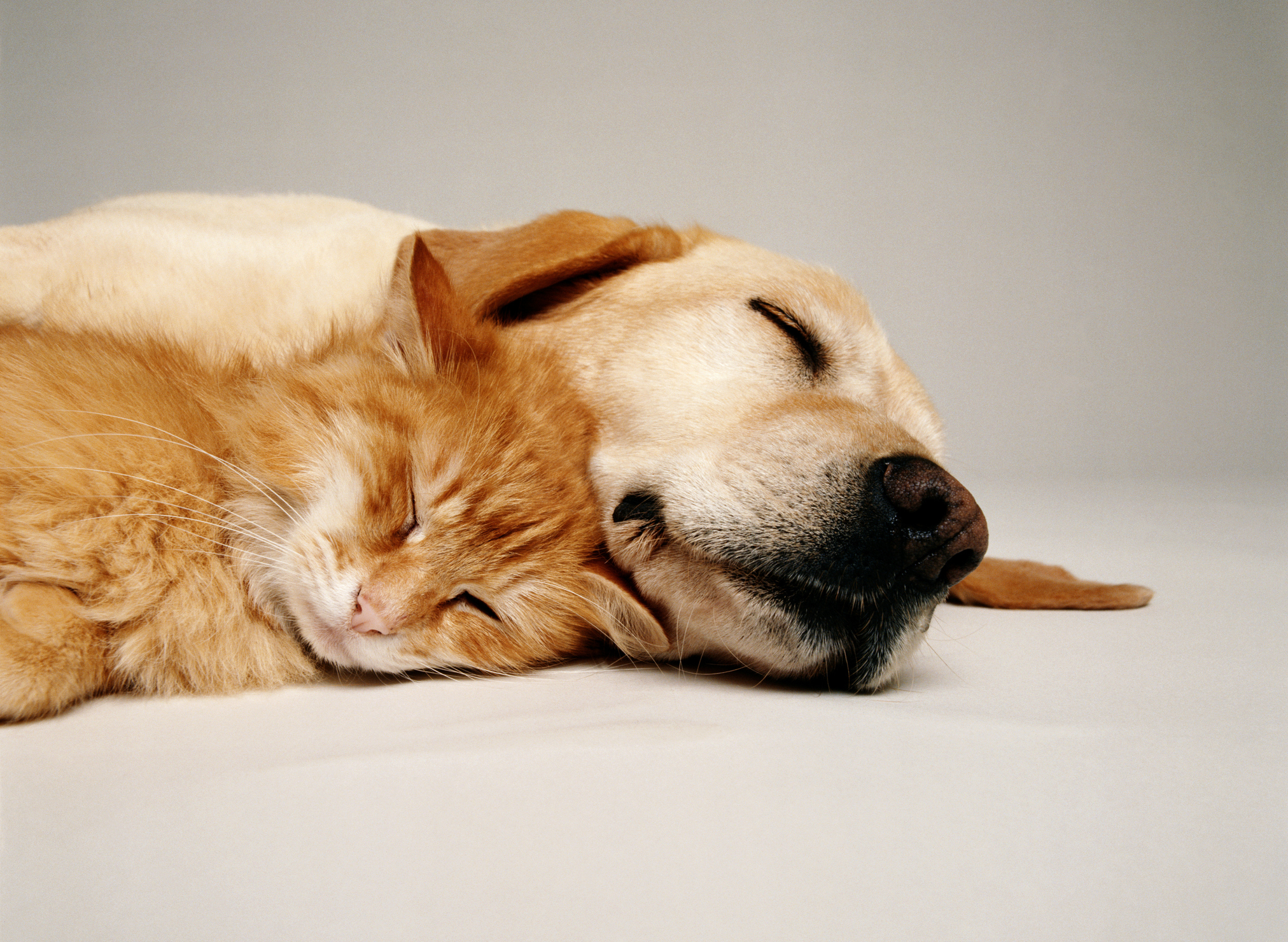
Credit: Getty
How to introduce a puppy to your cat, by expert dog trainer Ben Randall
Introducing a dog to a cat can be nerve-wracking, but get it right and the two of them can get
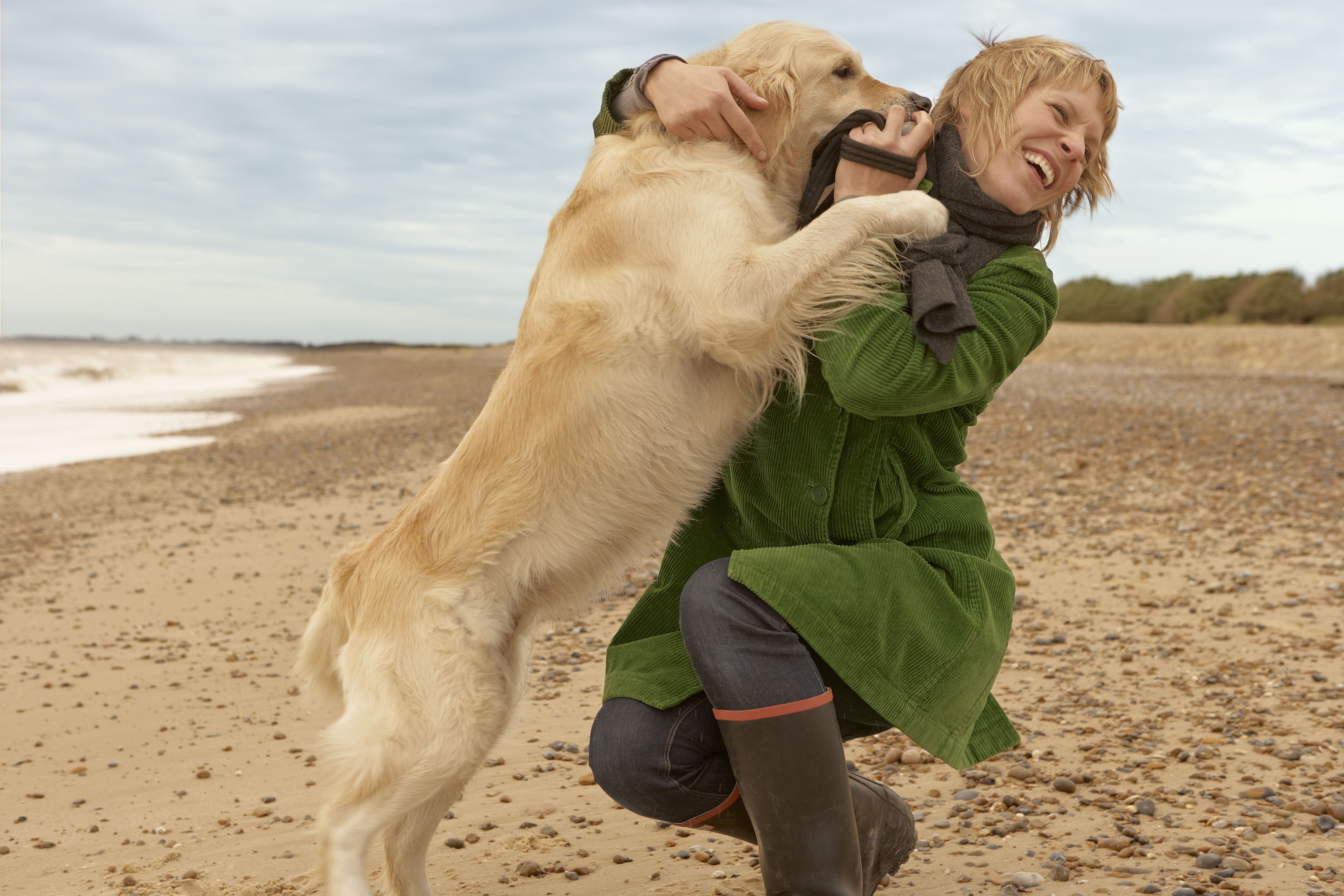
How to stop your dog jumping up, by expert trainer Ben Randall
It’s easy to dismiss our dogs’ love of jumping up on us — and other people — as friendly boisterousness,

Credit: Alamy
How to deal with a dog who won't jump in the back of the car, by top trainer Ben Randall

Credit: Alamy Stock Photo
How to stop a dog chasing cars: Six tips from top dog-trainer Ben Randall
Watching your dog run after traffic can be heart-stoppingly scary — but it's also a difficult habit to break. Ben Randall,

How to stop a dog getting jealous when you're playing with someone else's pet, by expert trainer Ben Randall
Dogs are loyal, faithful and delightful partners in your life — but they're no more immune to the green eyed
-
 14 ways to keep your dogs cool in the heat, by A-list dog trainer Ben Randall
14 ways to keep your dogs cool in the heat, by A-list dog trainer Ben RandallDogs can't regulate their body temperatures as well as humans can, so at this time of year they need your help keeping cool, whether you're on the road, out and about or leaving them with someone else while you go away.
-
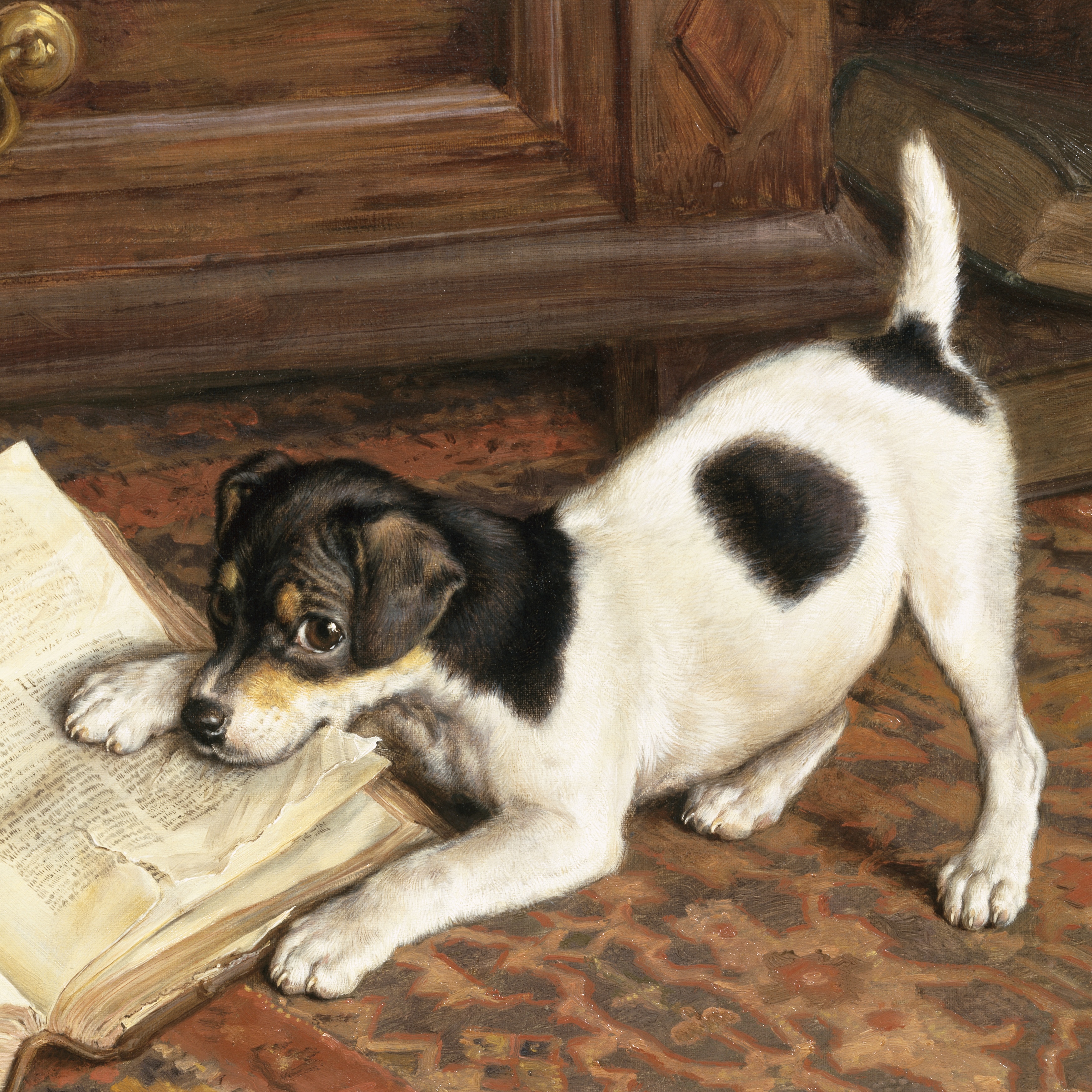 Ben Randall: Why your dog behaves for some people, but not others
Ben Randall: Why your dog behaves for some people, but not othersAward-winning dog trainer Ben Randall shares his advice with Country Life readers on one of the most common questions he gets asked.
-
 What to do when your dog gets attacked by another dog out on a walk
What to do when your dog gets attacked by another dog out on a walkBen Randall deals with a reader's difficult situation as an ordinary walk took a turn for the worse.
-
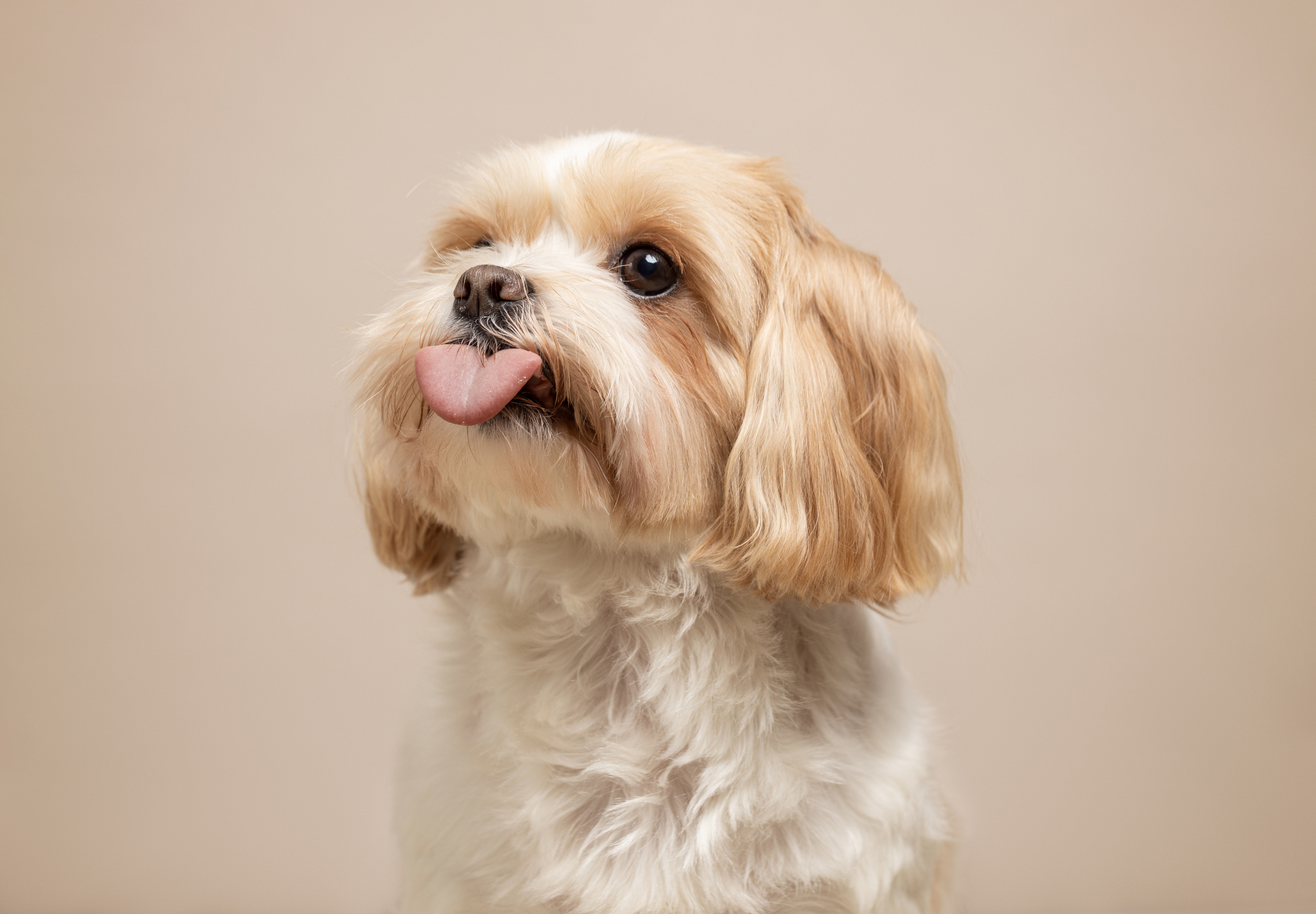 How to deal with an older dog starting to show some bad behaviour after many happy years
How to deal with an older dog starting to show some bad behaviour after many happy yearsA-list dog trainer Ben Randall helps a reader whose ageing dog has started changing its behaviour — and not for the better.
-
 Ben Randall: Ask Country Life's canine agony uncle a question about your dog
Ben Randall: Ask Country Life's canine agony uncle a question about your dogOver the past two years our award-winning dog trainer Ben Randall has been sharing his advice with Country Life readers.
-
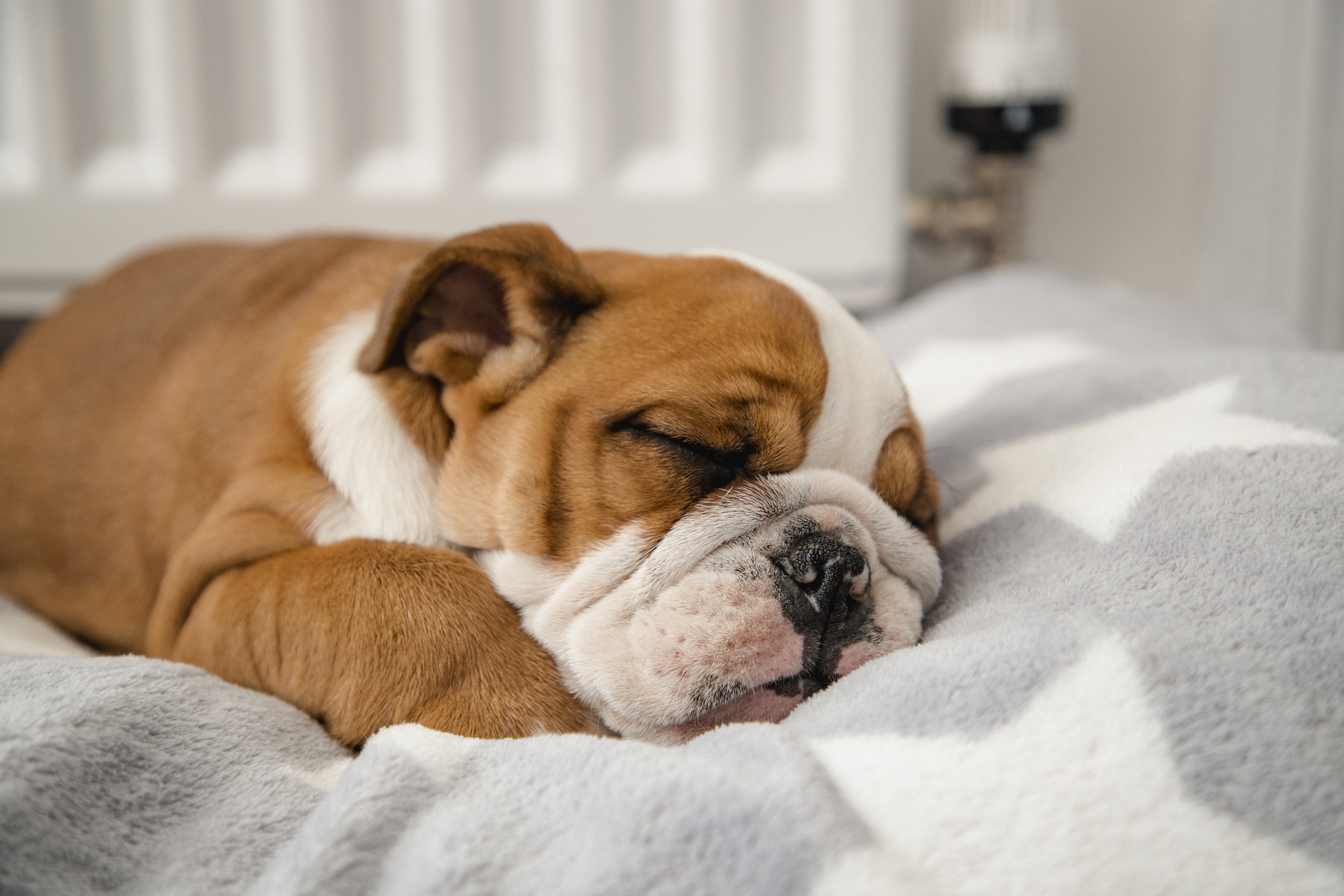 How to look after a dog who's gone deaf, by A-list trainer Ben Randall
How to look after a dog who's gone deaf, by A-list trainer Ben RandallBen Randall handles a query from a reader whose dog has lost her hearing.
-
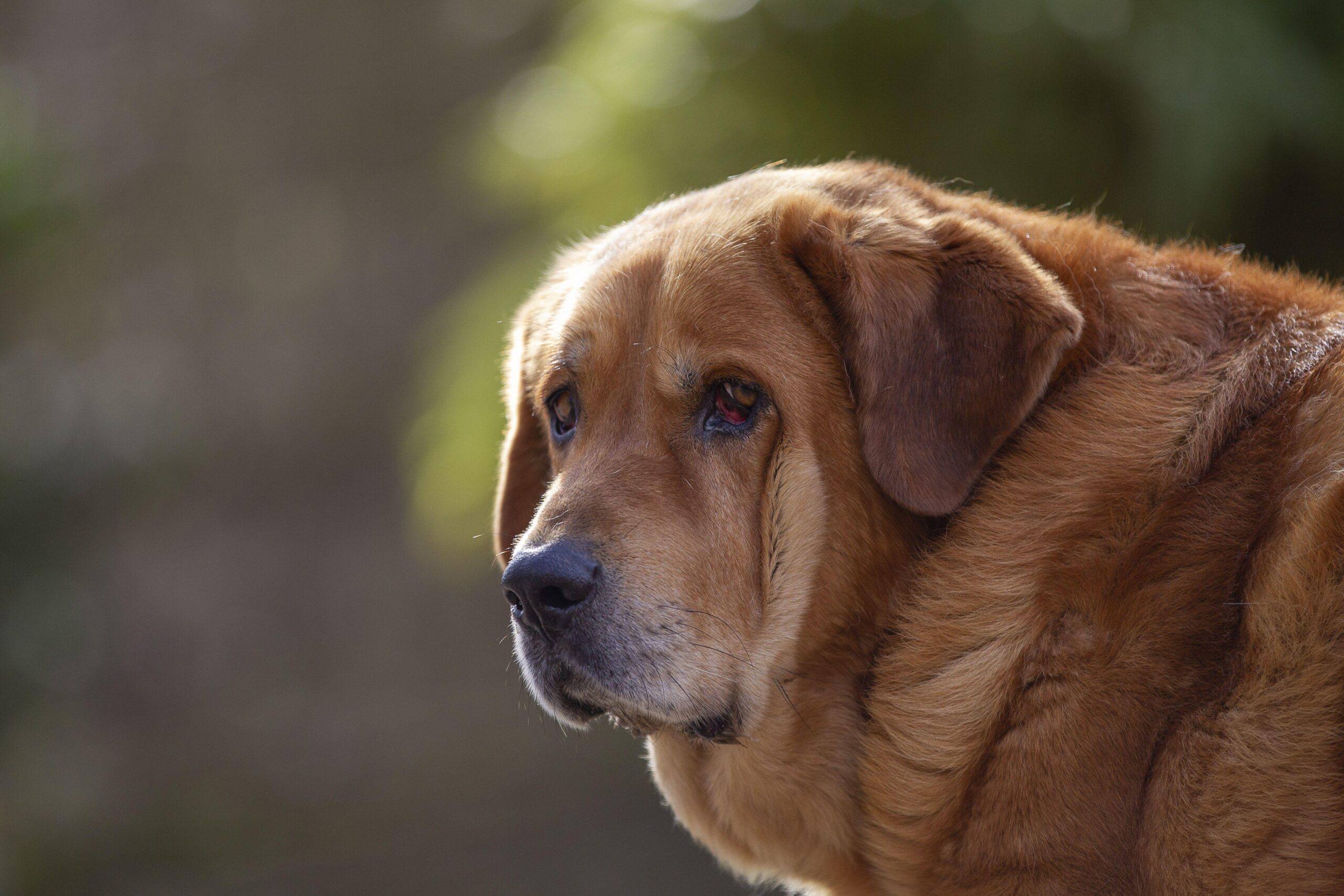 How to deal with a dog that's stronger than you are — especially when it runs off when it gets excited
How to deal with a dog that's stronger than you are — especially when it runs off when it gets excitedBen Randall tackles an issue for an owner of a dog that's almost as big as she is.
-
 'My dog goes crazy when he sees someone with a ball launcher. How do I make him stop?': Expert trainer Ben Randall explains what to do
'My dog goes crazy when he sees someone with a ball launcher. How do I make him stop?': Expert trainer Ben Randall explains what to doTaking on a dog with ingrained bad habits can be a headache. Ben Randall explains how to retrain them to keep calm.


